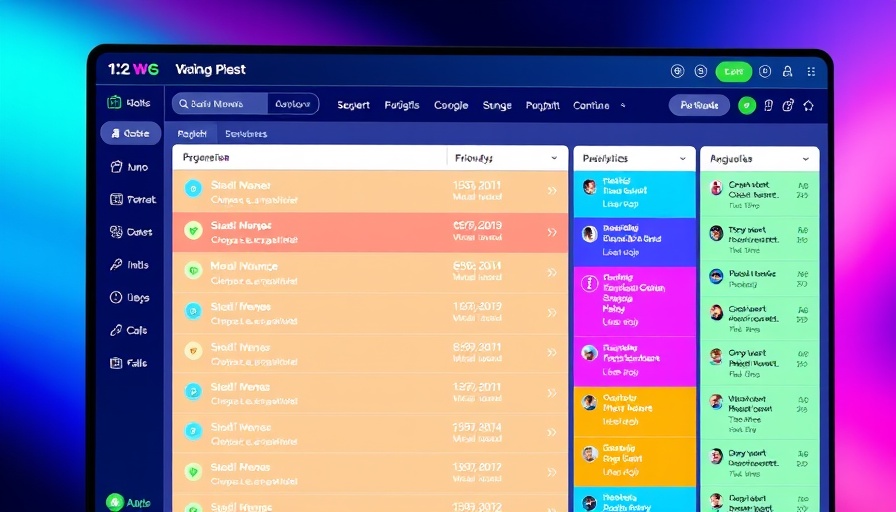
Elevating Restaurant Operations: The Role of Scheduling Software
As the restaurant industry continues to adapt to changing consumer behavior, efficient staff scheduling has become crucial for business owners. With restaurant scheduling software, managing labor costs, ensuring the right staffing levels, and improving team communication can be achieved seamlessly.
Why Restaurant Scheduling Software is Essential for Growth
For restaurant owners generating $2M–$10M+ in revenue, operational efficiency is key to scaling your business. Ineffective scheduling can lead to overstaffing or understaffing, impacting both employee morale and customer service quality. Scheduling software solves these challenges by offering real-time visibility into staffing needs, as well as adaptable tools that cater to varying business demands.
Features That Matter: What to Look For
1. **Automation of Shifts:** Automates shift assignments, reducing the manual workload. This feature allows owners and managers to free up time, enabling them to focus on other critical processes.
2. **Integration Capabilities:** Ensures the software works with existing tools used for payroll, inventory management, or customer engagement, providing a holistic view of operations and simplifying collaboration across departments.
3. **Mobile Accessibility:** Staff can access their schedules via mobile devices, making it easier for them to stay informed and confirm shifts without needing to rely on in-person communications.
4. **Labor Cost Tracking:** A crucial feature that helps monitor spending on labor in real-time, allowing restaurants to adjust staffing as needed based on customer traffic and sales trends.
Top Options for Restaurant Scheduling Software
Here’s a tailored list of the best scheduling software options that stand out for their functionality and user satisfaction:
1. **7shifts** - Developed specifically for restaurants, offering employee communication features and labor forecasting.
2. **Sling** - Known for its simplicity and affordability, it also offers employee messaging and task management tools.
3. **Hot schedules** - A widely recognized name in fleet management, focusing on extensive features that guarantee efficiency.
4. **When I Work** - A user-friendly software that allows friendly interfaces for both managers and staff, with robust communication tools.
Actionable Insights Every Restaurant Owner Should Adopt
Implementing scheduling software should not be the end goal but merely the beginning of optimizing your operations. As systems are set up, actively seek feedback from staff about their experiences. This dialogue can uncover hidden inefficiencies and areas for improvement, thus informing stronger workflows in the long run.
Common Misconceptions about Scheduling Software
Many restaurant owners are hesitant about adopting new technologies due to misconceptions regarding complexity or cost. In reality, today's scheduling tools cater to all experience levels and offer various pricing structures to fit different budgets. Investing in these tools significantly outweighs the potential costs of inefficiencies and employee dissatisfaction caused by outdated methods.
Future Predictions for Restaurant Management Technology
Looking ahead, the integration of AI and machine learning into scheduling software will likely revolutionize how restaurants manage their workforce. Predictive analytics can optimize staffing based on historical data and forecasted trends, making it essential to stay ahead of the curve by incorporating these innovations.
Conclusion: Embrace the Change
For business owners ready to scale and enhance operations, investing in the right restaurant scheduling software is a strategic move. As the landscape evolves, staying innovative with your processes will not only improve efficiency but elevate the overall dining experience for customers.
 Add Row
Add Row  Add
Add 




 Add Row
Add Row  Add
Add 

Write A Comment